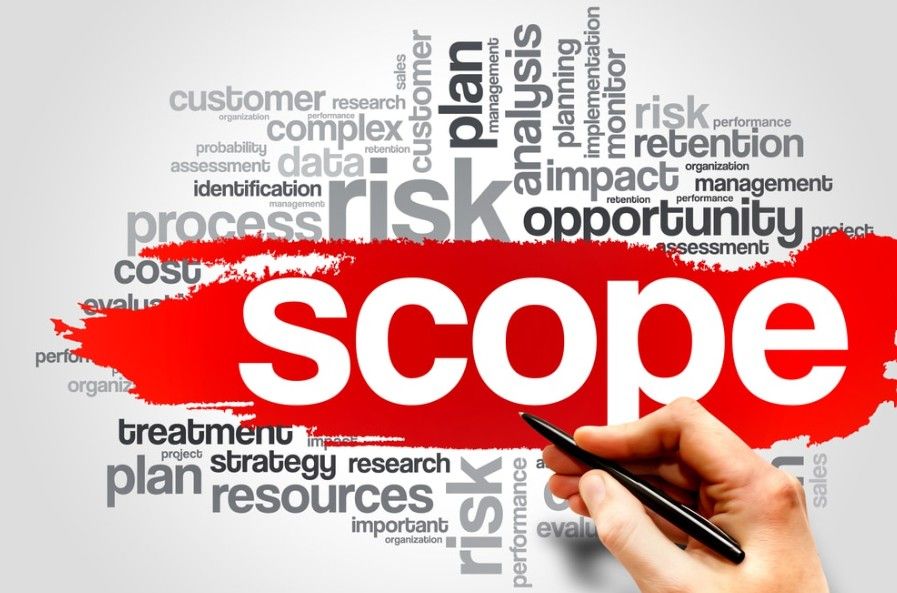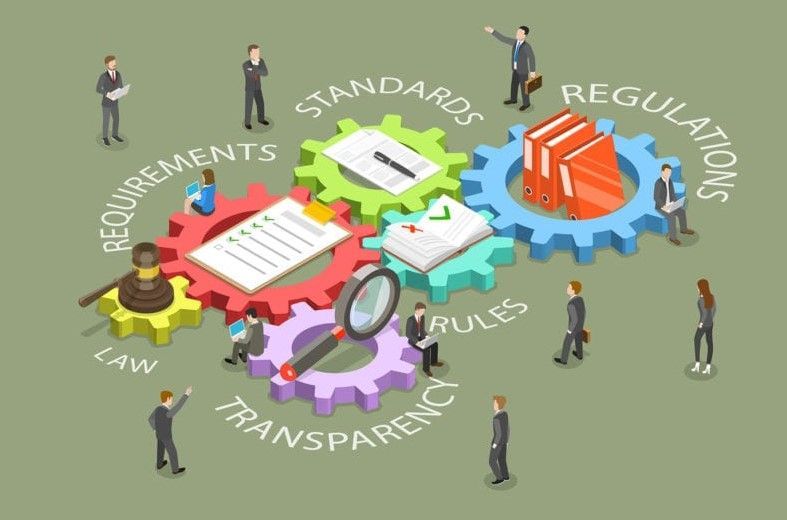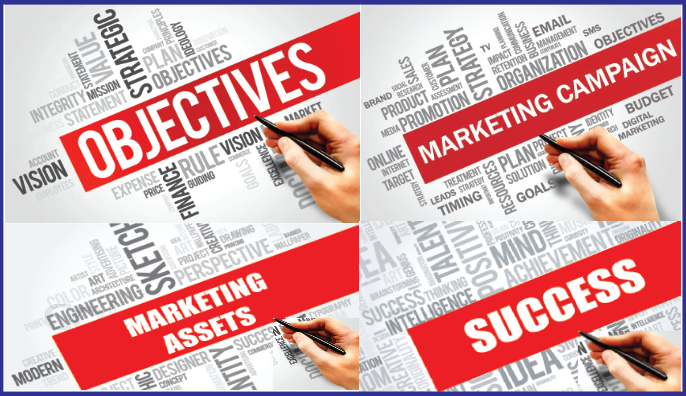Do Your Salespeople ‘Live the Brand’?
June 17, 2025
A brand can be broadly defined as the “face a company shows to the world.” But it’s much more than that-or, at least, it can be. The question is how do you build and support a company brand to get the most out of it?
There are many ways to build, adjust, and sustain a company’s brand. But they can be summed up in four stages:
- 1. Strategy : Creating and evolving your brand’s differentiated positioning.
- 2. Expression : Exploring essential creative expressions of your brand, including identity and voice.
- 3. Activation : Using internal culture and multifaceted external campaigns to bring your brand to life in the marketplace.
- 4. Equity : Calculating and leveraging the power of brands in your operations and on your bottom line.
(Source: Preview, American Marketing Association Chicago, Brand Smart , Conference, April 27, Gleacher Center.)
We believe a fifth stage called “living the brand” is also essential. It’s an offshoot or extension of Stage 3-“activation”-and in fact applies to people throughout an organization. Here, though, we’re focusing on the power of salespeople and other customer-facing stakeholders to communicate the meaning of the brand in tangible and powerful ways.
“The most powerful and enduring brands are built from the heart,” Starbucks founder Howard Schultz once wrote. “Their foundations are stronger because they are built with the strength of the human spirit, not an ad campaign. The companies that are lasting are those that are authentic.”
Over the years we’ve found that “authenticity” by anyone associated with your company is essential to building trust and, as the readers of this column know, building trust is essential to making sales. More important, we’ve found that consultative selling is a powerful tool for building trust by enabling prospects to experience your company’s authenticity. Why? Because effectively trained salespeople ask questions that show they sincerely want to help prospects, not just “sell” them. Asking the right questions in the right way at the right time builds the trust so necessary to making the complex, business-to-business sale. It’s how you learn a prospect’s goals and problems and their impact on that specific business. It’s also how you persuade prospects that your product or service is the best solution to their problems.
Even more to the point, an entire sales force using consultative selling techniques is a highly effective way to build the corporate brand. Salespeople are living, breathing proof that the brand “walks the talk” of its marketing-or, that it doesn’t. “People don’t care how much you know until they know how much you care,” said sales great Zig Ziglar. In sales, the best way to communicate that you care-and the best way to make a sale-is to ask prospects questions, not trumpet the glories of your company or product. Don’t just tell prospects your brand promise, show them.
Branding is of great interest to us here at Productive Strategies because we witness a lot of business-to-business sellers whose sales process and inside culture don’t reinforce or even reflect their desired brand values. We also see that it limits sales. Here are two examples:
Once, at lunch with an executive whose messaging proclaimed its ability to “listen,” I asked how listening translated into results in the field. What was the company doing to train and coach its salespeople to gain competitive advantage by listening more productively and reflecting the brand promise? I was floored when he said, “Nothing.” Commercials on Chicago AM radio, he apparently believed, were all his troops needed to know about the company’s brand promise.
Some time ago, one of our clients had invented a device that reduced the evaporation of gasoline at service stations by 1,500 gallons per station per month. In a meeting with a major oil company, our client and I learned that company executives were indeed impressed with the financial implications of his invention. The company’s advertising-on nationwide TV, mind you-emphasized the company’s commitment to protecting the environment. Naturally, we asked what the “green” value of the device would be to their business. To our surprise, they dismissed the “environmental impact” as inconsequential and of no interest-a complete contradiction of the company’s branding, its “face to the world.”
So, how can salespeople increase sales by making the most of the substantial investments many companies make in building their brands? The short answer is to communicate the values behind your brand to prospects so that they see how your brand benefits its customers day to day. Use discovery to help them understand that you as a salesperson representing that brand lives those values day to day. In business-to-business selling, prospects not only buy your product or service, but they also buy you, someone they trust to deliver on the brand promise.
In our popular consultative sales training course, FOCIS, we train salespeople to do just that. They develop or improve consultative selling techniques and build a sales process tailored to their company, their industry, their products, and their specific needs.
Finally, to learn more about how to build your company’s brand-and make it work for you-consider registering for the American Marketing Association Chicago Chapter’s 15 th annual day-long Brand Smart conference on April 27 at the Gleacher Center in Chicago. It’s the largest such event in the Midwest, offering four learning tracks to some 300 participants that include not only marketers but also CEOs and other senior executives.
And, if you are interested in being a sponsor, as we already are, please contact us at 847-446-0008 or pkrone@productivestrategies.com.* Sponsors receive multiple scheduled exposure times to attendees to present their brand promises.
* We have been retained to assist the Chicago chapter in attracting sponsors through our professional calling services.
The post Do Your Salespeople ‘Live the Brand’? appeared first on Productive Strategies, Inc..










